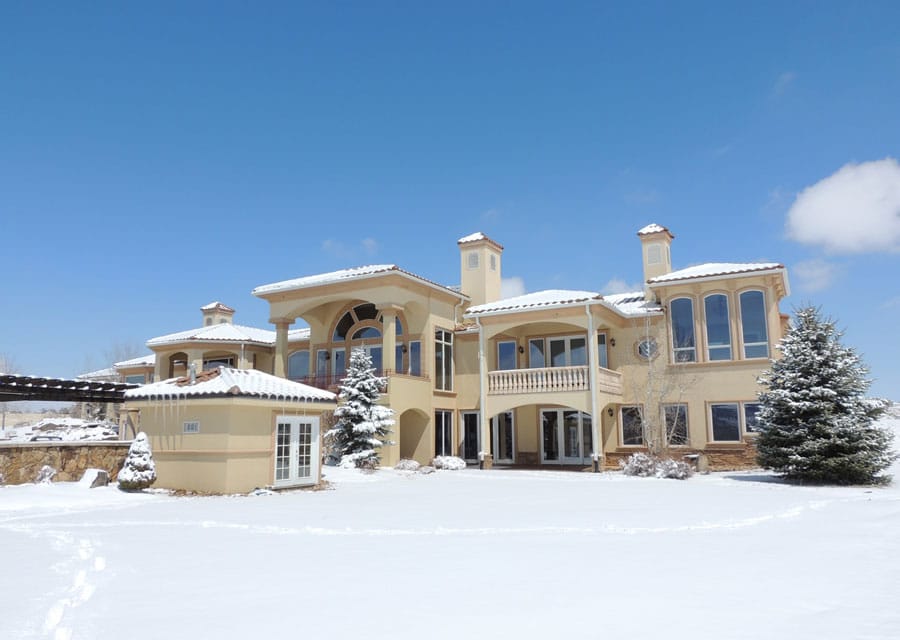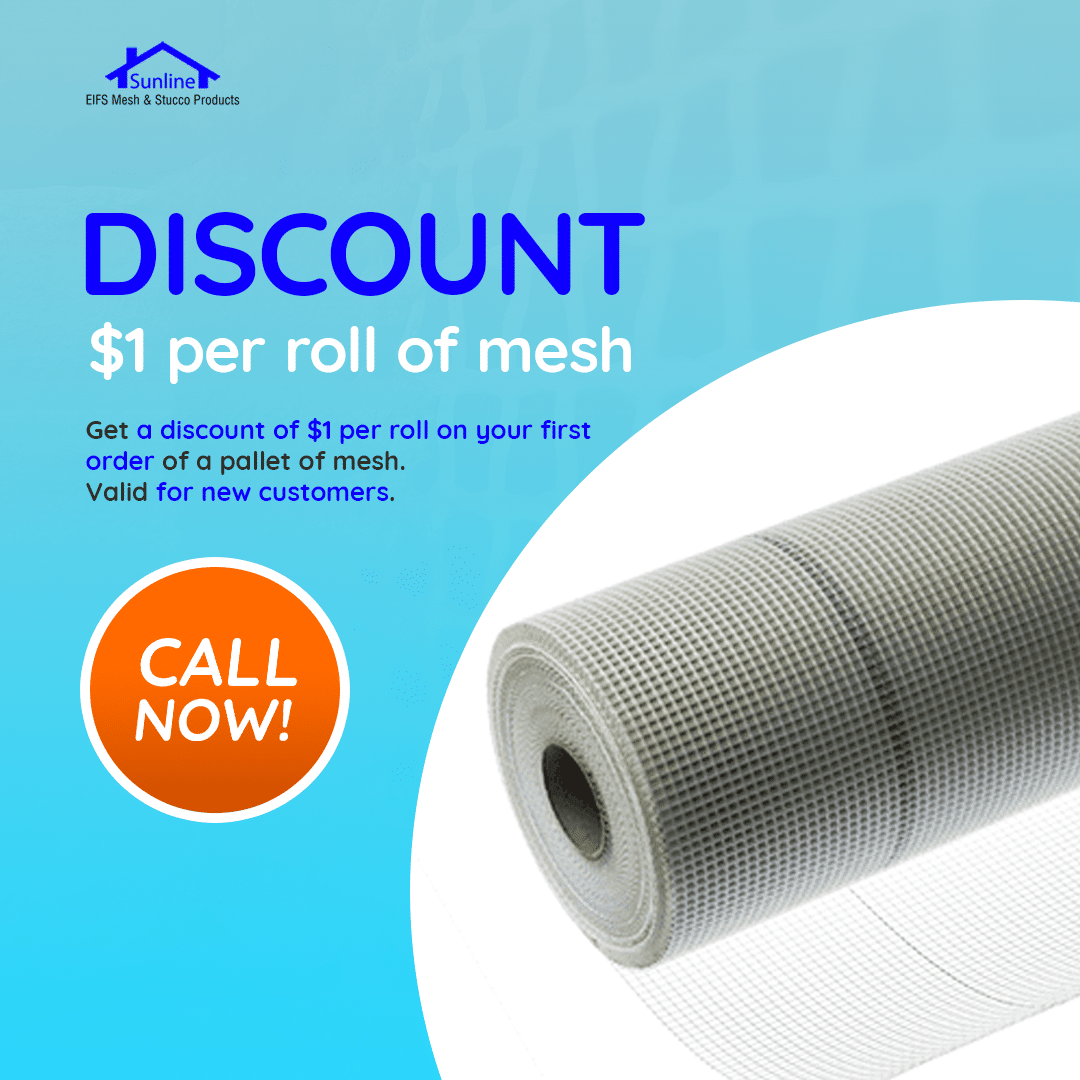This advice is for the Greenmaker products that we distribute. It is possible it may be applied to other systems, but please check with that manufacturer.
Cold Weather Precautions
When temperatures drop, precautions must be taken to ensure that materials are not damaged during shipping or stored on the job site by low (freezing) temperatures. It is also important that wet materials are applied at the proper temps and maintained for a minimum of 24 hours while protected from the elements until dry.
Precautions
A) Always store material at temperatures 40 degrees or higher and protect it from freezing.
B) Reduce the amount of water added to the finish; Overwatering finish in low temperatures will extend the drying time making it more susceptible to washouts and other damage.
C) Extended drying time is needed in the cooler months. Applying finish over wet walls will result in poor adhesion, change of color, extended drying times, and other undesirable results.
D) Efflorescence is more prevalent during cooler weather. Efflorescence is a crystalline salt, typically a white deposit that will appear on the surface of the base coat, causing the base coat to appear bleached or spotted. Efflorescence can usually be removed by dry-brushing the base coat and then flushing the surface with clean water to remove the dislodged salts. DO NOT APPLY FINISH OVER THE EFFLORECED BASE COAT.
E) Wet products like finish and base coat must be applied when the ambient and surface temps are at a minimum of 40 degrees F and rising. These temperatures must be maintained until the finish or base coat is dry. The dry time will vary based on temperature, humidity, and wind speed. Additional tenting and heating must be provided if temps fall below 40 degrees F. Damp weather will have a prolonged effect on the drying time of all wet materials, especially on non-cementitious materials.
Efflorescence Prevention & Treatment
What is Efflorescence?
Efflorescence is a crystalline deposit that appears on masonry surfaces. Its occurrence is not restricted to masonry and can appear on the surfaces of other claddings like Stucco, EIFS (Exterior Insulation Finishing System) & Concrete. Efflorescence is a common problem in many regions of the country and usually forms shortly after the application. It appears on the wall as a white powder. Efflorescence is caused when moisture dissolves the salts contained with in the cement in Concrete, EIFS base coat, or Stucco. As moisture escapes, the salts are carried to the surface; once at the surface, the moisture escapes, and deposits of the salt are left on the surface.
Weather & Efflorescence
Efflorescence is usually a seasonal issue. Cooler days and colder nights create condensation on the wall’s surface and draw the salt to the surface that was not visible during warmer consistent temperatures. The intensity of efflorescence increases as the temperatures change from fall to winter and again from winter to spring. The cause of cold weather efflorescence is linked to seasonal variations in the rate of evaporation of moisture. Under warm weather conditions, the evaporation rate is higher, and the moisture will evaporate within the cladding rather than on the wall’s surface. In colder weather, moisture evaporates at a slower rate. Allowing the moisture to move to the outer surface of a cementitious surface before it evaporates will leave salt deposits (efflorescence) on the surface, creating a bond break between the cementitious surface and any coatings applied.
Precautions
Since many factors contribute to the development of efflorescence, no one precautionary measure can be expected to be a solution. Using a low-alkali Portland Cement and a Tinted Acrylic Primer will greatly reduce the chance of efflorescence forming. It is always best to integrate design elements that minimize the wetting of walls, such as gutters, downspouts, extended soffits, etc.
How to Remove Efflorescence
Efflorescence can usually be removed by dry brushing the surface of the wall and rinsing with plenty of clean water. The use of chemicals needs to be discussed with your distributor -Sunline Technical Fabrics.


